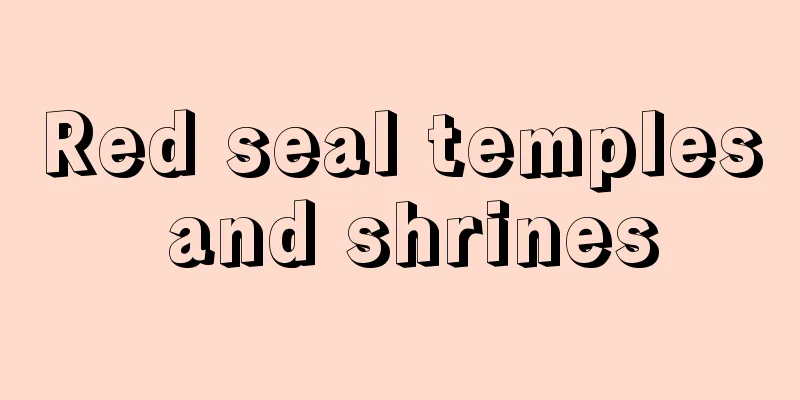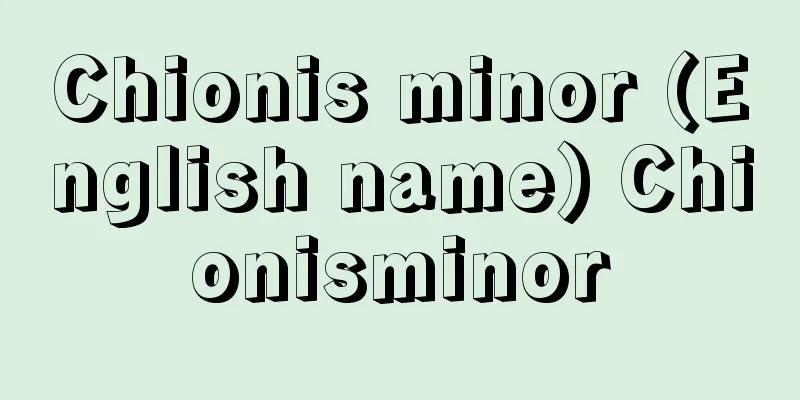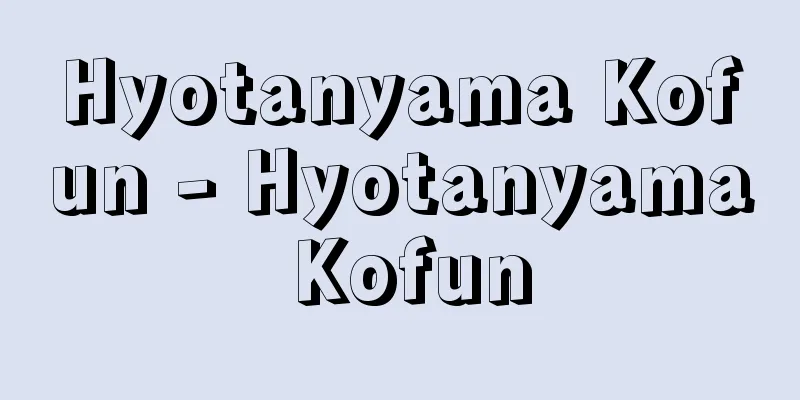Red seal temples and shrines

|
During the Edo period, temples and shrines were exempted from paying taxes on their temple lands by a red seal letter issued by the shogun. The wording of the red seal letters was almost the same, but the amount of temple land and shrine land given was different. Red seal letters were issued to temples and shrines when successive shoguns took office, so 15 shoguns issued red seal letters to temples and shrines. The amount of land granted by the shogun did not matter much, and even if it was only one koku, owning land granted by the shogun was associated with high temple and shrine status. Source: Heibonsha World Encyclopedia, 2nd Edition Information |
|
江戸時代,将軍が出した朱印状によって,寺領の年貢が免除された寺院や神社のこと。朱印状の文言はほとんど変わらないが,与えられた寺領高,社領高はそれぞれ異なっている。朱印状が寺社に下付されるのは歴代将軍の就任の時期であるので,寺社には15人の将軍より朱印状が下付されたわけである。朱印地の高の大小はそれほど問題ではなく,1石といえども将軍から下付された朱印地を所有していることが,寺格,社格の高さにつながっている。
出典 株式会社平凡社世界大百科事典 第2版について 情報 |
Recommend
Olefins
[Synonyms] Alkene Source: Morikita Publishing &qu...
loch
…The highlands are oriented northeast to southwes...
Ishmael - Ishmael
…The Jews and Christians also distorted and conce...
Hokakuji Temple
The head temple of the Hōkakuji school of Shingon ...
thermal efficiency
…In reality, it is not possible to extract all th...
Magnetic steel piece - magnetic link
A device that records the magnitude of the lightni...
permissive society
...Improvements in consumer life, a sense of equa...
Zenith - Tencho
Here, we refer to what is called the astronomical...
Owari Clay - Owari Clay
…After that, Western-style blast furnaces began o...
green jungle fowl
...It is distributed in Sri Lanka and is designat...
Wölfflin, Heinrich
Born: June 21, 1864, Winterthur Died: July 19, 194...
Yu Ji
[Born] 1272 [Died] 1348 A Chinese literary figure ...
Operation Iceberg
…The air raid on October 10, 1944 burned down the...
Tsushima Shrine
Located in Shinmei-cho, Tsushima City, Aichi Pref...
Shit House - Kusooki no Sho
A manor belonging to Todaiji Temple, located in A...









